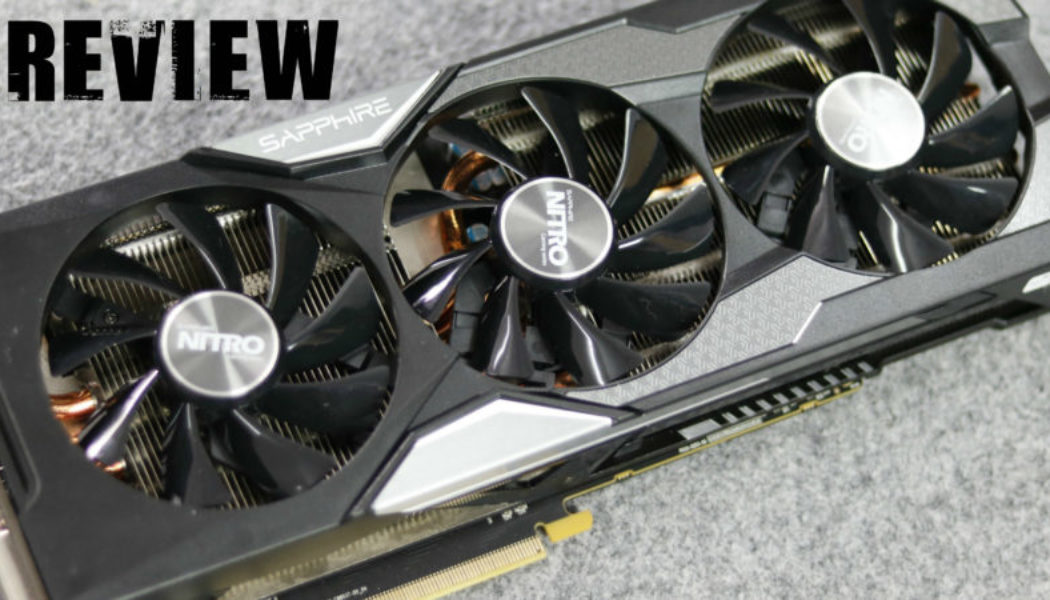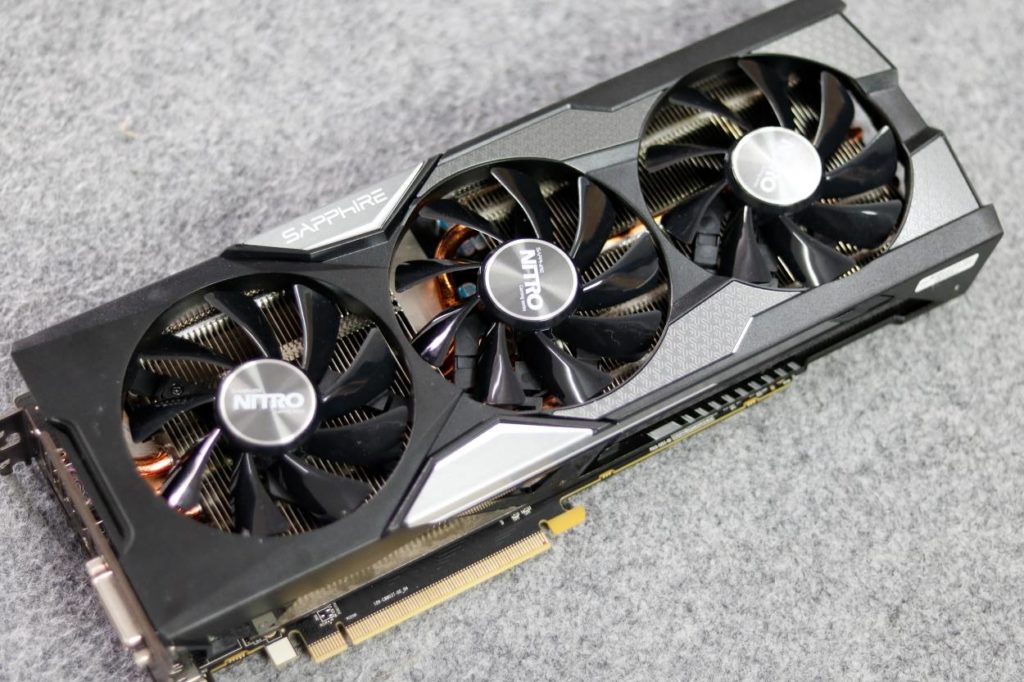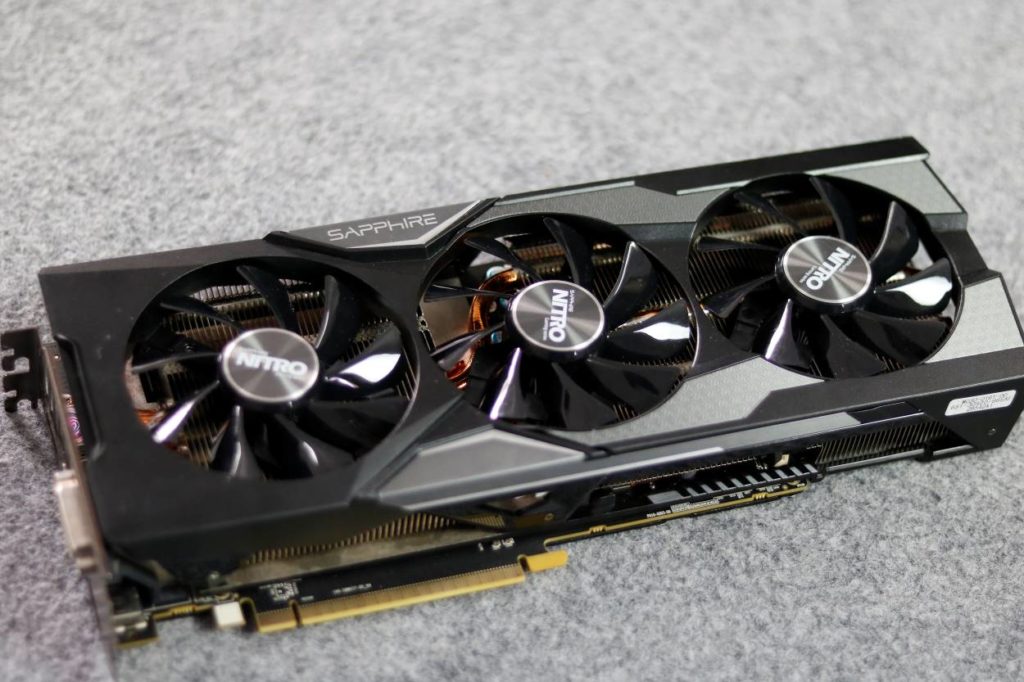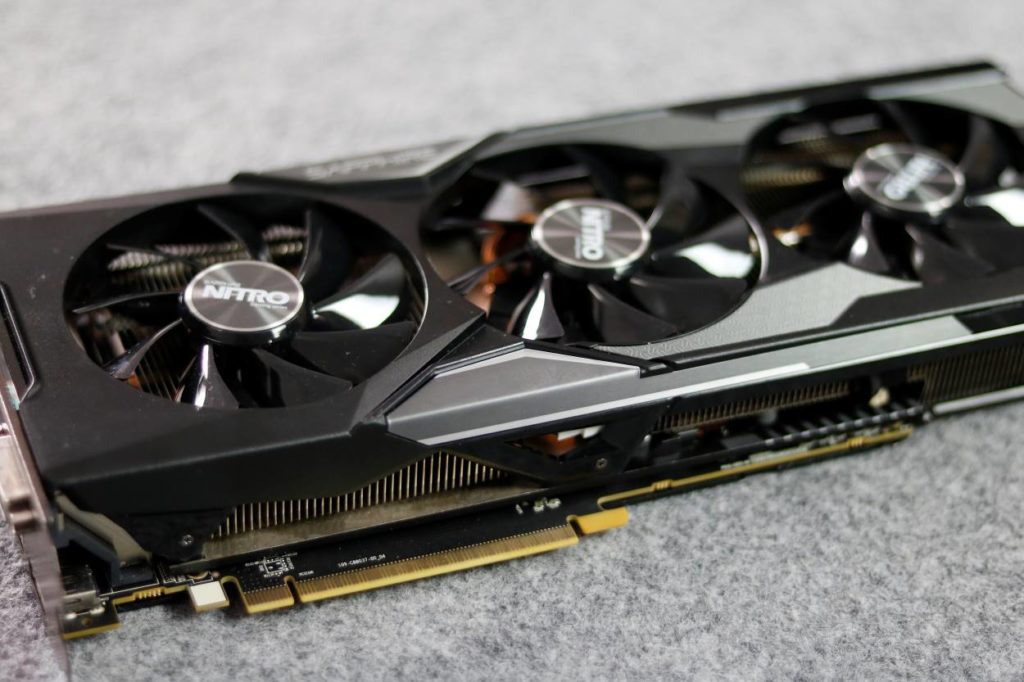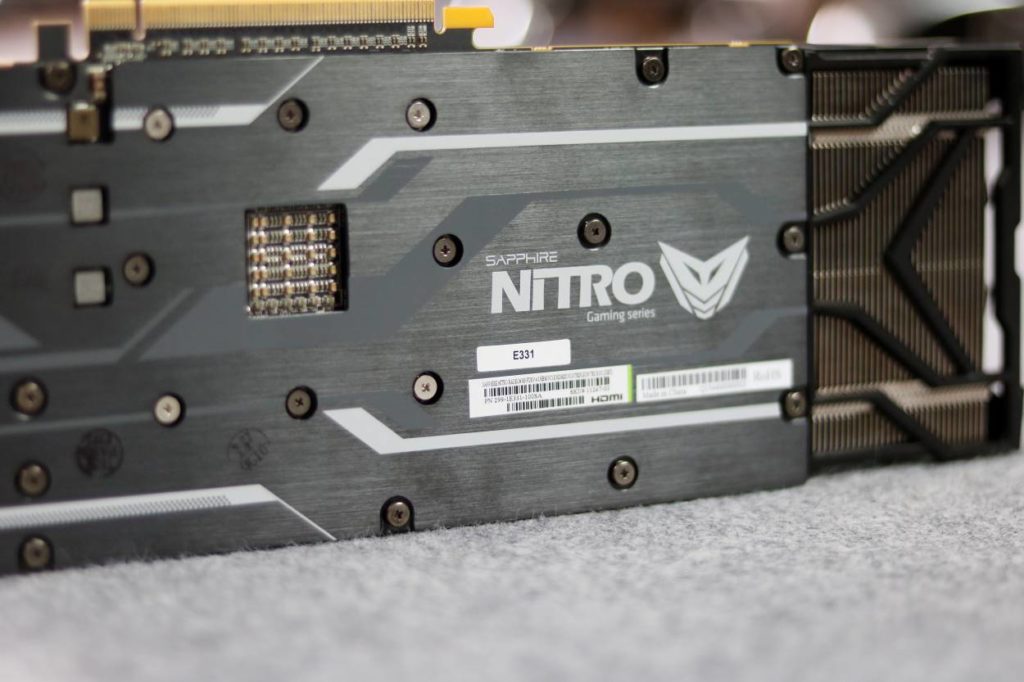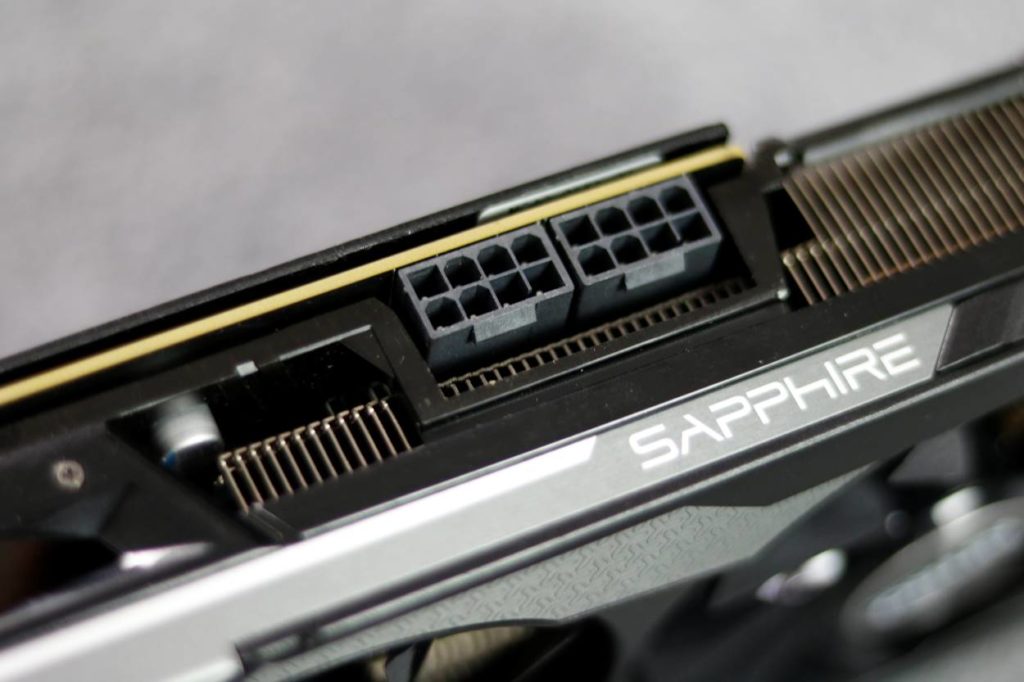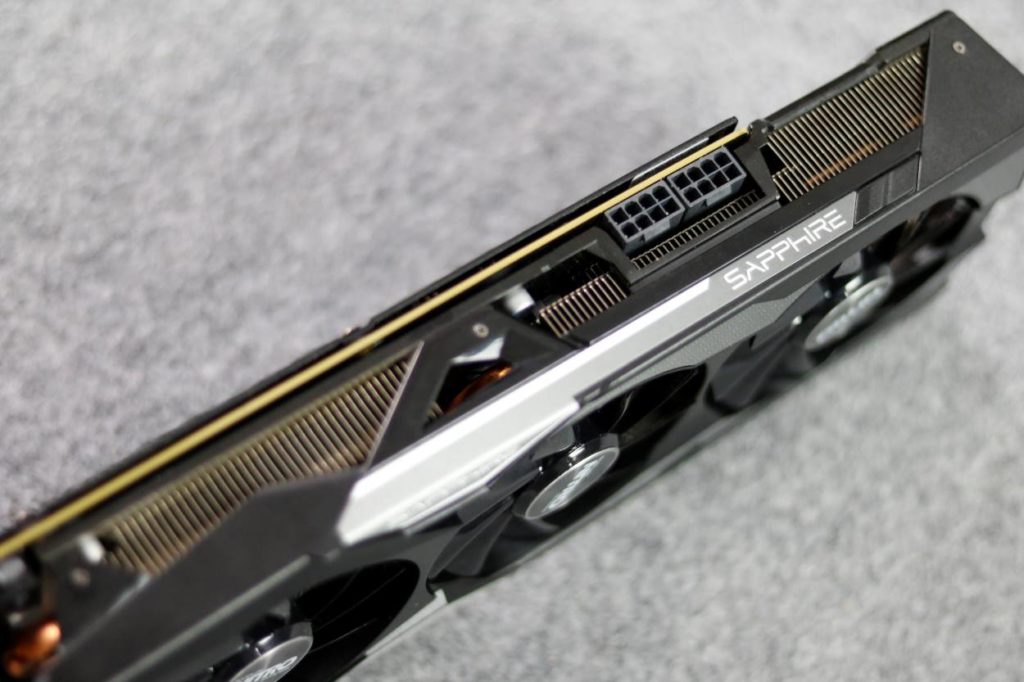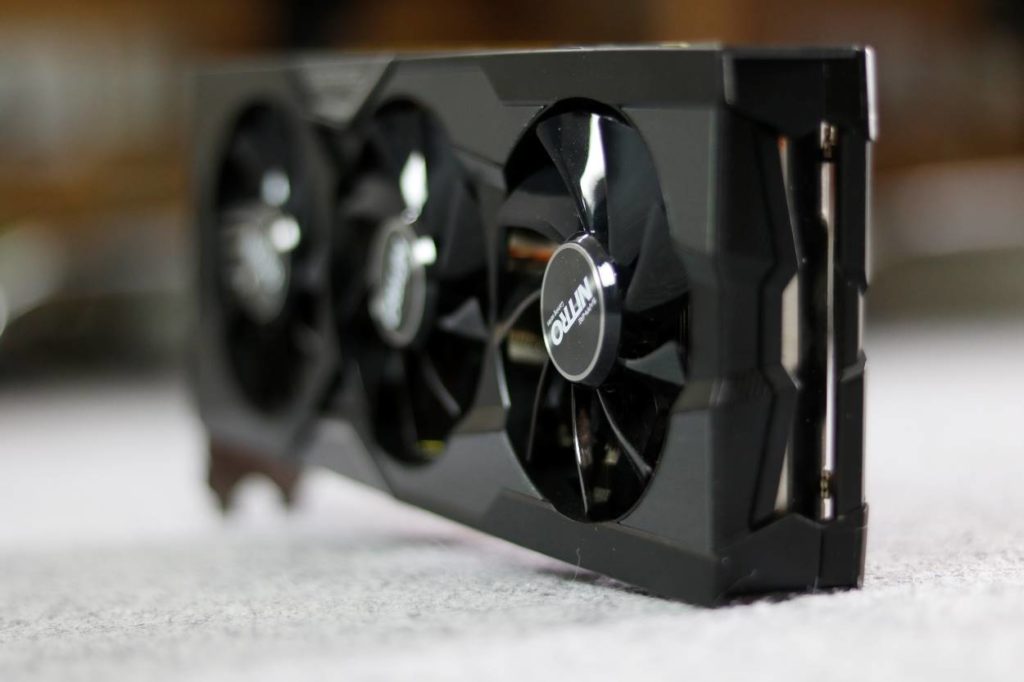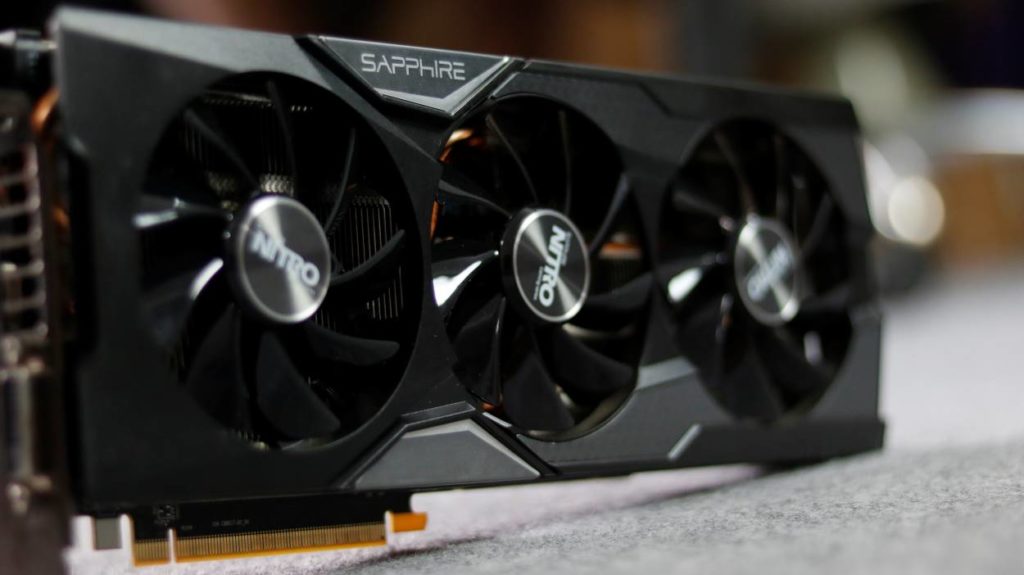The Fury is AMD’s series of top-notch high-end performance graphic cards, and Sapphire’s version of the R9 Fury is bang on buck. Needless to say, it is well equipped to handle anything you throw at it without breaking a sweat. Take a look at these specs to get started:
| GPU | 3584 Stream Processors 28 nm Graphics Core Next (GCN) 1020 MHz Engine Clock |
| Interface | PCI-Express 3.0 |
| Memory | 4096 bit Memory Bus HBM Memory Type 1000 MHz Effective Memory Clock 4096 MB Size |
| BIOS Support | Legacy BIOS UEFI BIOS |
| Displays | Maximum 5 Outputs |
| Output | 1 x DVI-D 1 x HDMI 3 x DisplayPort |
| Resolution | 4096X2160 Pixel DisplayPort Resolution 2500×1600 Pixel Dual Link DVI Resolution 2160P HDMI Resolution |
| API | OpenGL® 4.5 OpenCL 2.0 DirectX® 12 Shader Model 5.0 |
| Feature | AMD CrossFire AMD PowerTune AMD ZeroCore Power Technology FreeSync Technology AMD Eyefinity Quad HD Display (4K*2K Support) Video Codec Engine (VCE) AMD HD3D Technology Component Heat Spreader 16K Hours Capacitor Intelligent Fan Control 10mm Heat Pipe Dual BIOS AMD Tress FX Technology AMD Liquid VR Technology AMD Virtual Super Resolution(VSR) AMD TrueAudio Technology |
| Cooling | Tri-X fans Two ball bearing |
| Form Factor | 2.2 Part Slot Occupied 12.8x5x1.7 Dimension /Inch 307x125x45 Dimension /mm |
With prices starting from about INR 47,000/- the R9 Fury offers impeccable performance. In the 1080p benchmarks, the Fury played GTA V at an average of 50 FPS, 40 FPS for 1440p and 29 FPS for 4k, ultimately proving to be too much for the GPU. With overclocking, these framerates could be increased to about 30-37 FPS. For The Witcher 3: Wild Hunt, these framerates were found to be an average of 83 FPS for 1080p and 61 FPS for 1440p (ultra settings, NVIDIA Hairworks turned off).
The Fury appears to be quite impressive, with offering more than playable experiences at even the worst performance, which means you shouldn’t face any hitching or framerate drops even while running graphic intensive games.
The biggest concern, perhaps, for the GPU is the power consumption. When not running anything taxing, the card seems to draw power of about 101 W, while this can go as high as over 350 W, which is much more than other high end GPUs in the market. Also, the “Fiji” core is somewhat less efficient that the Intel “Haswell” architecture, resulting in a fewer number of hardware partners for AMD.
These things aside, the Fury has definitely been able to carve its own niche in the competitive market. If power consumption is not an issue for you, then you may not find a better card for your play style, which offers amazing performance at both 1080p and 1440p. Even the framerates in 4k are playable, making it a suitable card for all your gaming needs.
For more news and reviews, keep checking back at Gaming Central.

